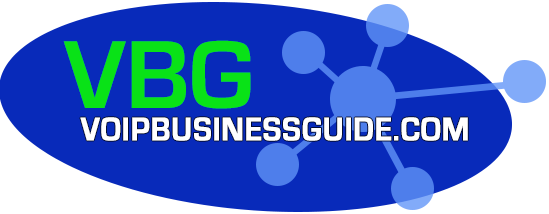RAY BAUM’s Act & 911 Dynamic Location Routing
On January 6th 2021, the deadline for RAY BAUMs act compliance for fixed Interconnected VoIP, Multi-line Telephone systems, and Telephone Relay Services had hit. Requiring “dispatchable location” to be shared when making a 911 call from fixed services, or services with a physical address associated with it (e.g. wired phones).
Now, a year later, on January 6th 2022, we reach the deadline for RAY BAUM’s for non-fixed services. Non-fixed just refers to service that is not tied to a physical location (also known as “nomadic” or “mobile” devices) that can be readily moved by the user to multiple locations and/or be used while in motion. This would include things like softphones on laptops/mobile phones.
What is a “dispatchable location”?
The goal of the act is to provide specific location information for the emergency services personnel to allow them to quickly locate the caller. There are ultimately 2 components to a dispatchable location:
- Civic Address or coordinate-based location information that can be used to determine the civic address
- In-building location such as Suite, Apartment, Room #, or Floor
Practically, the information sent should be the most specific information that you can give as to the caller’s whereabouts. In a building with marked rooms, that would mean a room number, but if a large building has unmarked rooms, the floor should be sent at the very least.
How can I be compliant?
While the deadline for fixed devices has already past a year ago, we’ll discuss those as well. There are a few different options in terms of compliance for fixed devices. Since fixed devices won’t change their location, it’s much easier to handle compliance on them (hence, the faster deadline for them).
Using traditional E-911 service, a fixed device can have a specific ANI assigned to it that has that phone’s specific location registered to it. For example, one device would have 412-555-1111 registered as 123 Sesame Street Suite 101 and another device would use 412-555-2222 registered to 123 Sesame Street Suite 202. This is the simplest way of handling compliance under the limitations of traditional E-911 service.
However, traditional E-911 service will not work for non-fixed devices since it’s not typically possible to update registered addresses in real time. For non-fixed devices, you will need to utilize a Dynamic Location Service. Fixed devices can certainly benefit from a Dynamic Location service as well, as it would allow you to manage a single 911 phone number instead of assigning a different number to each possible fixed line.
What is Dynamic Location Routing?
Dynamic Location Routing utilizes technology like PIDF-LO (Presence Information Data Format – Location Object) to allow for location data to be created and sent at the time a call is made. This means instead of assigning a location to a phone number before the call is made, the device or PBX can send its location at the time of the call either based off input from the user/administrator or using GPS location information.
For non-fixed devices, this could be used to send the devices GPS coordinates at the time the call is made, or it allows the user to keep updated address information as they move the device around (e.g. between work and home). This could even theoretically be used to update the devices’ location within a building.
Dynamic Location Routing isn’t just useful for non-fixed devices; a PBX can use dynamic location routing to fill in the in-building location of the specific device making the call. In a multi-line telephone system utilizing traditional E-911 service, you need to manage different numbers for each different location (room/suite/floor/etc.) that you have. However, with dynamic location routing, a PBX could instead use the same number for any device making a 911 call and simply append the sublocation data based off the extension making the call.
Looking back to our previous example, instead of needing 412-555-1111, 412-555-2222, and 412-555-3333 for suites 101, 202, and 303 respectively, the administrator can simply use 412-555-1111 and have the PBX use PIDF-LO to send the Suite # based off the phone that is making the call.
Currently, there are not many PBXs that inherently support PIDF-LO, but the teams at Sangoma are working on implementing the feature in most Sangoma PBXs. This is likely to become a staple feature of VoIP devices moving forward and will allow for better management and compliance for your multi-line telephone systems.
Have more questions?
VI Communication Services currently offers dynamic location routing with our E-911 service. If you currently have our E-911 service, documentation for the feature can be found in our knowledge base. If you don’t use our E-911 service or have additional questions about it, please contact us.
The post RAY BAUM’s Act & 911 Dynamic Location Routing appeared first on Sangoma.





